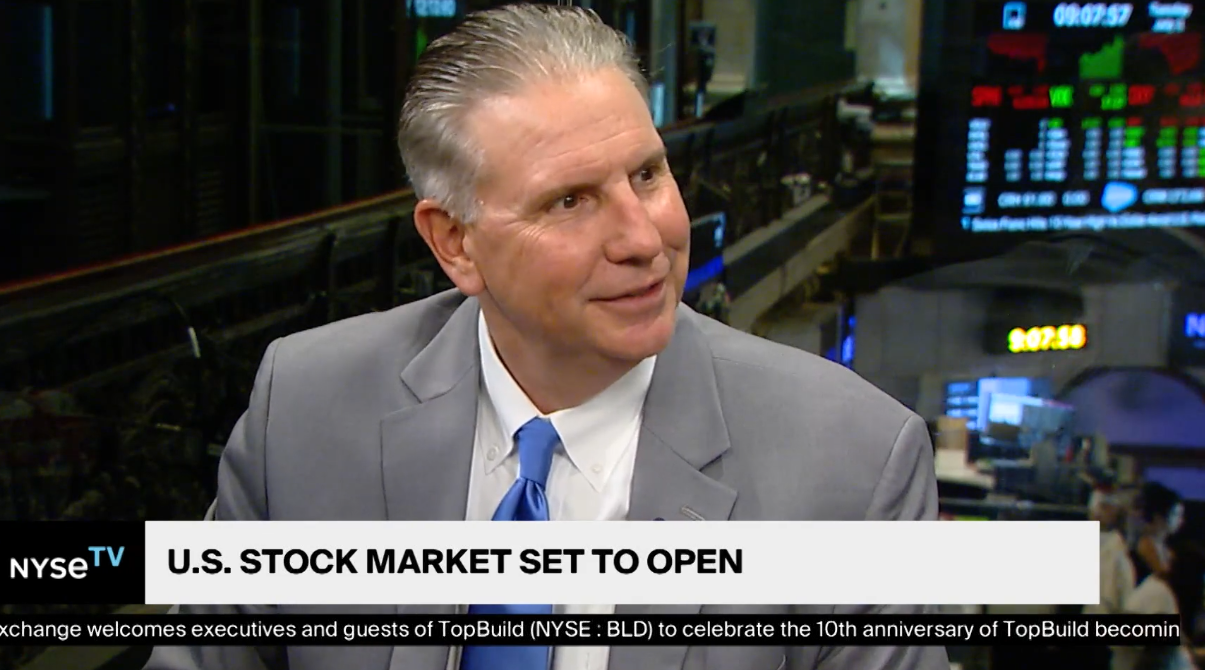
The Fed Hikes Rates for the First Time Since 2006
Market Overview

Sources: Equity Market, Fixed Income and REIT returns from JP Morgan as of 12/18/15. Rates and Economic Calendar Data from Bloomberg as of 12/21/15.
Happening Now
The Federal Reserve hiked interest rates for the first time in nine and a half years on Wednesday moving the Target Federal Funds Rate from 0.0% to 0.25%. The hike was widely expected and stocks initially climbed higher with the S&P 500 Index finishing Wednesday up 1.4%. The move signals strength in the U.S. economy and despite persistently low inflation, the forecast for the Target Rate at the end of next year is expected to be between 1.25 and 1.50%. This target would likely require 4-5 separate hikes of 25 Basis Points (Bp) each in 2016, however, if the Fed’s recent history is any indicator, that pace may not be met.
After the Federal Reserve stole the show on Wednesday, Oil prices took center stage on Thursday and Friday and declined further with a cumulative downturn of 2.2% to finish the week at $34.72 a barrel (WTI Crude). This likely led to the price declines witnessed by stocks on Thursday and Friday when the S&P 500 Index gave back all of its 2015 gains, losing 3.3% over the two days and finishing the week down 0.58% for the year.
Despite the increased volatility heading into year end, we believe that the stock market will likely move higher over the course of the last couple of weeks of 2015 (though perhaps more muted and not as high as many investors would like) consistent with what is often referred to as a “Santa Claus Rally.” A Santa Claus Rally is an often cited stock market occurrence where positive stock market returns are realized over the last five trading days of the current year and the first two trading days of the New Year. According to the 2015 Stock Trader’s Almanac, a Santa Claus Rally has yielded positive returns in 34 of the past 44 holiday seasons going back to 1969. As a result, such a positive finish in 2015 would not be without historical precedent.
Important Information and Disclaimers
Disclosures: Hennion & Walsh is the sponsor of SmartTrust® Unit Investment Trusts (UITs). For more information on SmartTrust® UITs, please visit www.smarttrustuit.com. The overview above is for informational purposes and is not an offer to sell or a solicitation of an offer to buy any SmartTrust® UITs. Investors should consider the Trust’s investment objective, risks, charges and expenses carefully before investing. The prospectus contains this and other information relevant to an investment in the Trust and investors should read the prospectus carefully before they invest.
Investing in foreign securities presents certain risks not associated with domestic investments, such as currency fluctuation, political and economic instability, and different accounting standards. This may result in greater share price volatility. These risks are heightened in emerging markets.
There are special risks associated with an investment in real estate, including credit risk, interest rate fluctuations and the impact of varied economic conditions. Distributions from REIT investments are taxed at the owner’s tax bracket.
The prices of small company and mid cap stocks are generally more volatile than large company stocks. They often involve higher risks because smaller companies may lack the management expertise, financial resources, product diversification and competitive strengths to endure adverse economic conditions.
Investing in commodities is not suitable for all investors. Exposure to the commodities markets may subject an investment to greater share price volatility than an investment in traditional equity or debt securities. Investments in commodities may be affected by changes in overall market movements, commodity index volatility, changes in interest rates or factors affecting a particular industry or commodity.
Products that invest in commodities may employ more complex strategies which may expose investors to additional risks.
Investing in fixed income securities involves certain risks such as market risk if sold prior to maturity and credit risk especially if investing in high yield bonds, which have lower ratings and are subject to greater volatility. All fixed income investments may be worth less than original cost upon redemption or maturity. Bond Prices fluctuate inversely to changes in interest rates. Therefore, a general rise in interest rates can result in the decline of the value of your investment.
Definitions
MSCI- EAFE: The Morgan Stanley Capital International Europe, Australasia and Far East Index, a free float-adjusted market capitalization index that is designed to measure developed-market equity performance, excluding the United States and Canada.
MSCI-Emerging Markets: The Morgan Stanley Capital International Emerging Market Index, is a free float-adjusted market capitalization index that is designed to measure the performance of global emerging markets of about 25 emerging economies.
Russell 3000: The Russell 3000 measures the performance of the 3000 largest US companies based on total market capitalization and represents about 98% of the investible US Equity market.
ML BOFA US Corp Mstr [Merill Lynch US Corporate Master]: The Merrill Lynch Corporate Master Market Index is a statistical composite tracking the performance of the entire US corporate bond market over time.
ML Muni Master [Merill Lynch US Corporate Master]: The Merrill Lynch Municipal Bond Master Index is a broad measure of the municipal fixed income market.
Investors cannot directly purchase any index.
LIBOR, London Interbank Offered Rate, is the rate of interest at which banks offer to lend money to one another in the wholesale money markets in London.
The Dow Jones Industrial Average is an unweighted index of 30 “blue-chip” industrial U.S. stocks.
The S&P Midcap 400 Index is a capitalization-weighted index measuring the performance of the mid-range sector of the U.S. stock market, and represents approximately 7% of the total market value of U.S. equities. Companies in the Index fall between S&P 500 Index and the S&P SmallCap 600 Index in size: between $1-4 billion.
DJ Equity REIT Index represents all publicly traded real estate investment trusts in the Dow Jones U.S. stock universe classified as Equity REITs according to the S&P Dow Jones Indices REIT Industry Classification Hierarchy. These companies are REITSs that primarily own and operate income-producing real estate.



